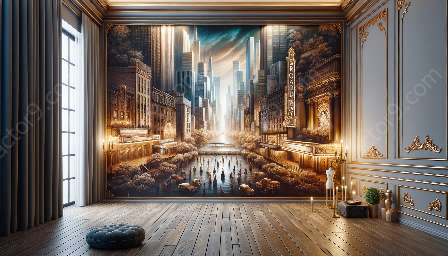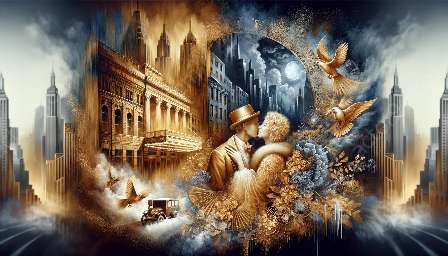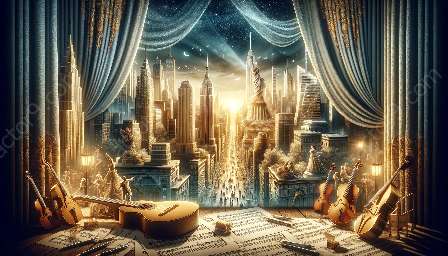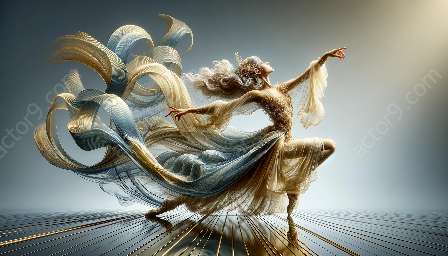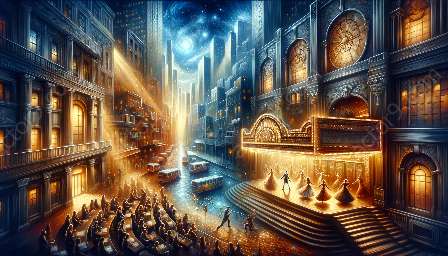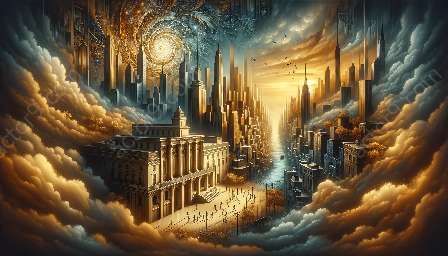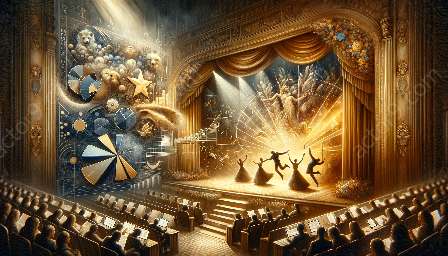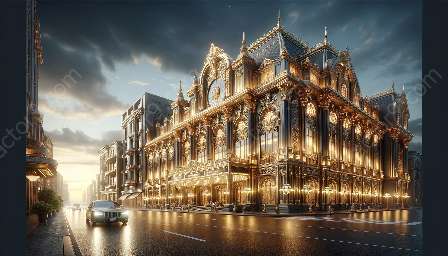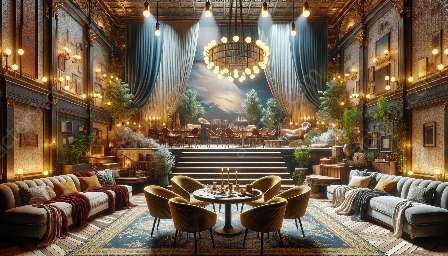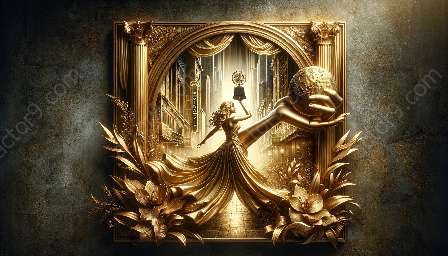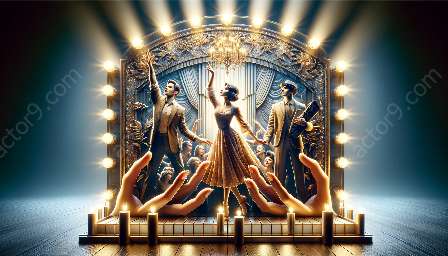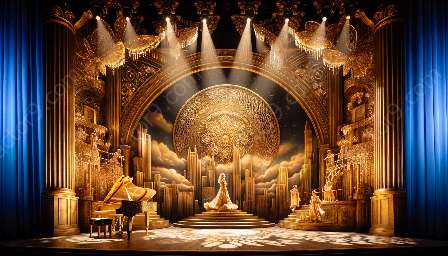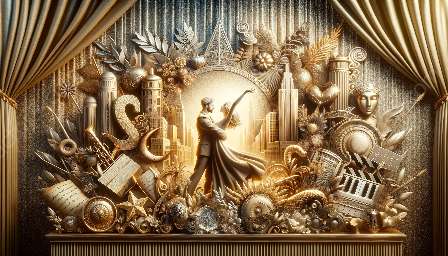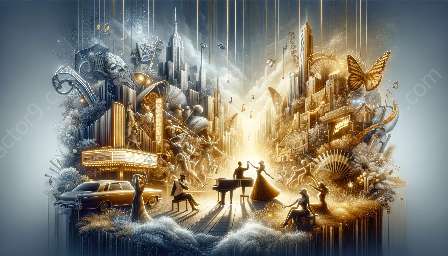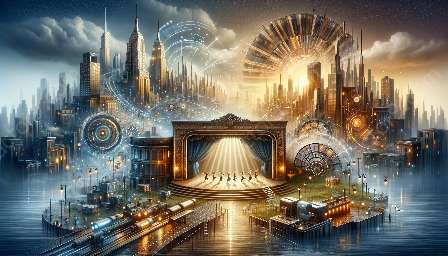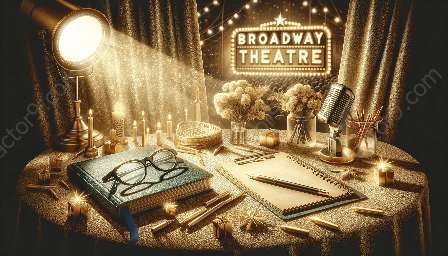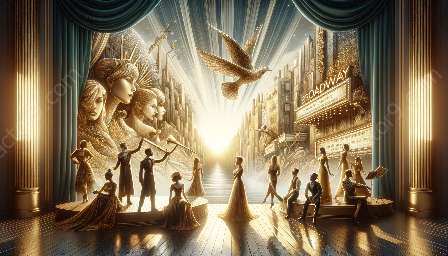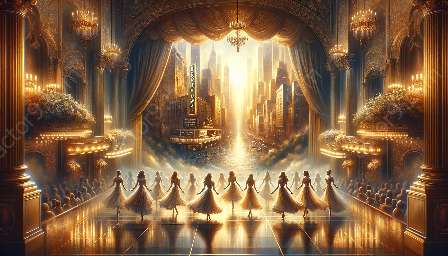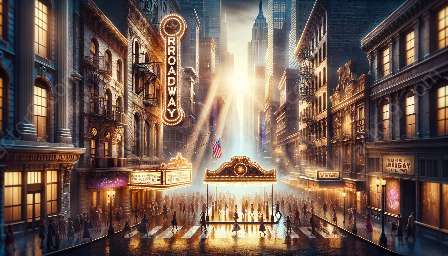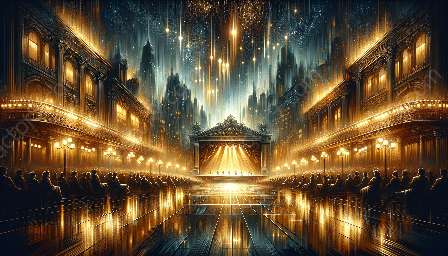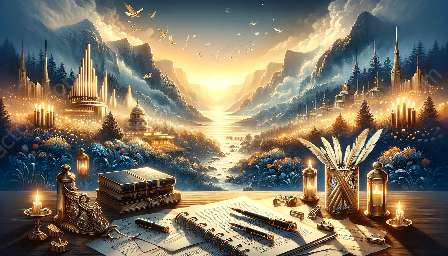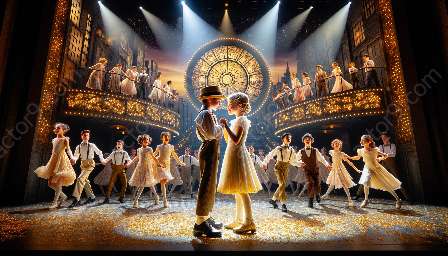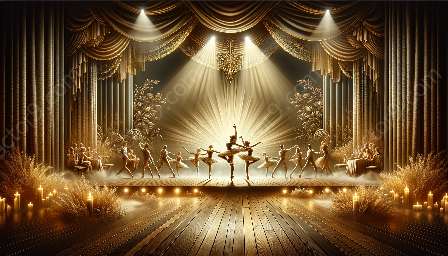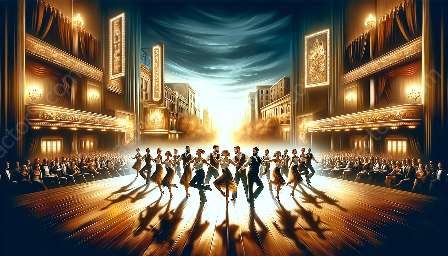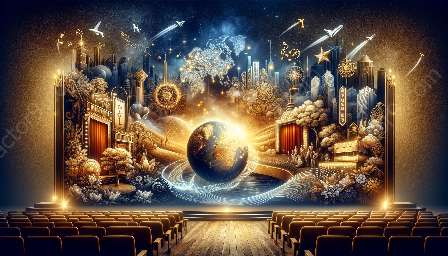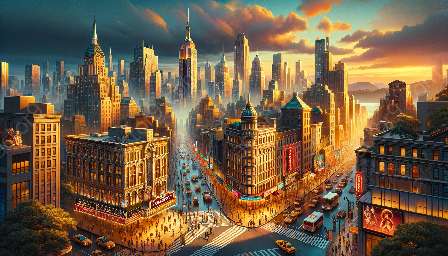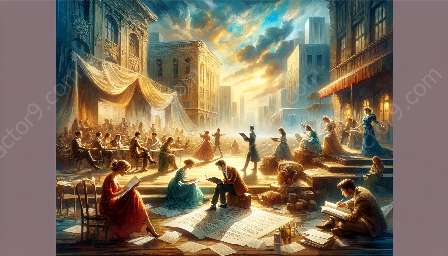When it comes to Broadway set design, the influence of regional and international aesthetics, culture, and historical context is a fascinating interplay that shapes the visual landscape of musical theater. Exploring the diverse influences that converge to create stunning sets on Broadway reveals a rich tapestry of artistic, cultural, and historical connections. From the evocative designs of Asian theater traditions to the modernist movements of European avant-garde, the dynamics of regional and international influences have left an indelible mark on Broadway set design.
Exploring Diverse Aesthetics and Cultural Traditions
The journey of Broadway set design is a reflection of the diverse aesthetics and cultural traditions that have shaped the art of theater across the globe. From the minimalism of Japanese Noh theater to the opulent grandeur of European opera houses, the influences of different regional and international styles have contributed to the evolution of the visual language of Broadway sets. Each cultural tradition brings its unique sensibilities, symbolism, and storytelling techniques, enriching the tapestry of artistic expression on Broadway stages.
Asian Aesthetics and Symbolism
Asian theatrical traditions, such as kabuki, noh, and Beijing opera, have deeply influenced Broadway set design. The use of symbolism, vibrant colors, intricate patterns, and stylized movements in Asian theater has inspired set designers to create visually stunning and emotionally resonant backdrops for musical productions. The incorporation of traditional Asian elements into Broadway sets adds a layer of authenticity and cultural richness, enhancing the audience's immersive experience.
European Art Movements and Avant-Garde Influence
The avant-garde movements of 20th-century Europe, such as expressionism, surrealism, and modernism, have significantly influenced the innovative approach to set design on Broadway. The exploration of abstract forms, unconventional materials, and experimental spatial concepts derived from European art movements has challenged the traditional norms of stage design, giving rise to groundbreaking sets that push the boundaries of visual storytelling in musical theater.
Historical Context and Period-Era Influence
Furthermore, the historical context and period-era influences play a pivotal role in shaping Broadway set design. Productions set in specific historical periods or geographical locations often draw inspiration from the authentic architectural styles, interior designs, and cultural artifacts of the respective time and place. By meticulously recreating the ambiance of bygone eras or distant lands, set designers transport the audience to a different time and space, creating an immersive theatrical experience that resonates with the historical authenticity and cultural richness of the setting.
Global Collaborations and Cross-Cultural Exchanges
The dynamic nature of Broadway set design is further enriched by global collaborations and cross-cultural exchanges. The collaborative efforts between international artists, designers, and production teams bring together a fusion of diverse perspectives, artistic sensibilities, and technical expertise. This cross-pollination of creative energies fuels the innovation and evolution of set design, resulting in visually captivating and culturally inclusive Broadway productions that celebrate the universal language of storytelling.
Conclusion
In conclusion, the regional and international influences on Broadway set design are a testament to the interconnectedness of artistic expressions across different cultures, periods, and geographical regions. The creative dialogue between diverse aesthetics, cultural traditions, and historical contexts creates a dynamic tapestry of visual storytelling that defines the essence of musical theater on Broadway. Embracing the diverse influences that converge to shape Broadway set design not only celebrates the cultural richness of global artistic heritage but also highlights the transformative power of theatrical visual language in bridging cultural divides and fostering universal appreciation for the art of storytelling through visually compelling stagecraft.

